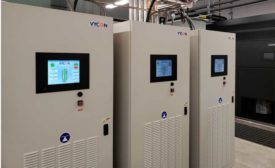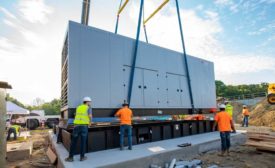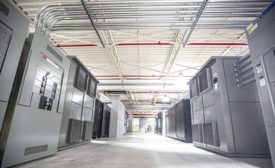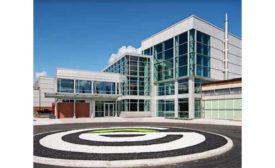Mission Critical Case Studies
The State of Utah Modernized Its IAM Infrastructure
Saving taxpayers money along the way
April 9, 2020
Rolls-Royce Provides MTU Generator Sets for New Central Utility Plant at UNC Charlotte
Three 1,250-kW generator sets to provide backup power for major campus expansion
March 9, 2020
Connecting One of the World’s Greenest Data Centers
Building inside a mountain presents challenges and benefits
March 3, 2020
Giga Chooses the ‘Best of Both’ for Its Colos
ABB enables smarter data center solutions for the company
March 2, 2020
Mission 'Super Critical Cooling' Accomplished
LLNL selected Aquatherm in 2012 and again in 2018 to ensure vital supercomputer cooling
February 24, 2020
Microway Supplies Supercomputer to Milwaukee School of Engineering
A turnkey cluster for AI education and applied research
February 20, 2020
Get our new eMagazine delivered to your inbox every month.
Stay in the know on the latest data center news and information.
SUBSCRIBE TODAY!Copyright ©2024. All Rights Reserved BNP Media.
Design, CMS, Hosting & Web Development :: ePublishing









